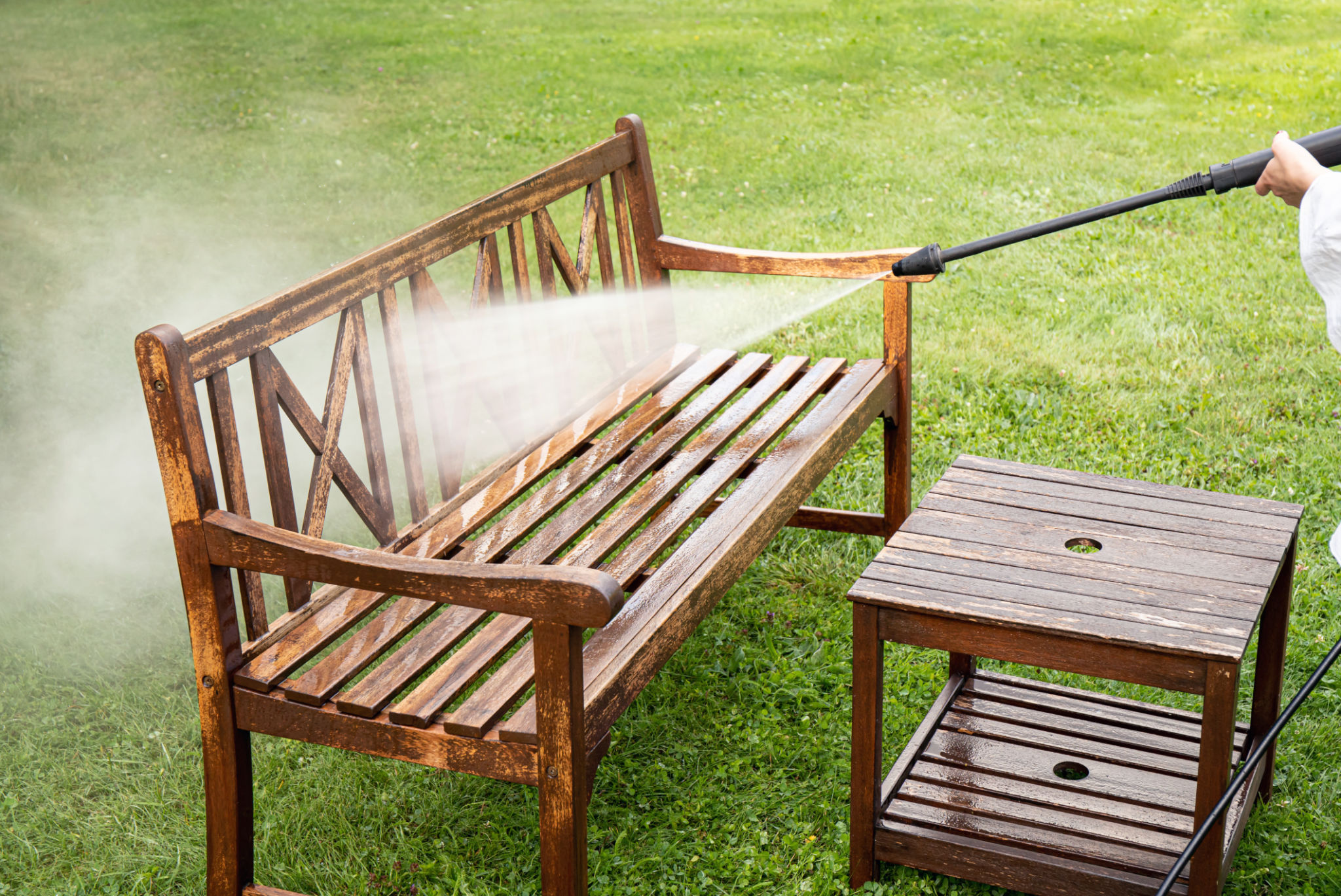Top Pressure Washing Techniques for Different Surfaces
Pressure washing is an effective way to clean a variety of surfaces, but using the right techniques is crucial to avoid damage and ensure the best results. Different surfaces require different approaches, and understanding these nuances can help maintain their longevity and appearance. Let's delve into the top pressure washing techniques for different surfaces.
Concrete Driveways and Sidewalks
Concrete surfaces are durable, but they can accumulate dirt, mold, and stains over time. When pressure washing concrete driveways or sidewalks, it's important to use a high-pressure setting. Start with a 25-degree nozzle and maintain a consistent distance from the surface, usually around 12 inches, to avoid etching the concrete.
Consider using a surface cleaner attachment for large areas. This tool can help you cover more ground efficiently while ensuring an even clean. For stubborn stains, pre-treat with a concrete cleaner and allow it to sit for 10-15 minutes before pressure washing.

Wooden Decks
Wooden decks require a more delicate approach. High pressure can damage wood fibers, so it's best to use a lower pressure setting, typically between 500-600 psi. A fan tip nozzle, such as a 40-degree nozzle, works well in distributing water evenly across the surface.
Move the nozzle in the direction of the wood grain to prevent streaking. After washing, it's advisable to apply a wood brightener to neutralize the pH and restore the wood's natural color.
Vinyl Siding
Vinyl siding can trap dirt and grime, making it look dull over time. Pressure washing is effective for revitalizing its appearance. Use a low-pressure setting to avoid water infiltration behind the siding, which can cause mold growth.
A 15-degree nozzle is suitable for most vinyl siding cleaning tasks. Begin from the bottom and work your way up, then rinse from top to bottom. This technique prevents streaks and ensures thorough cleaning. Always check for loose sections prior to washing to avoid damage.

Brick Walls
Brick walls are sturdy yet porous, which means they can absorb water if not cleaned properly. When pressure washing brick surfaces, use a medium pressure setting and a 25-degree nozzle. Keep the nozzle at least 12 inches away to prevent mortar damage.
Test a small inconspicuous area first to ensure the pressure won't cause harm. If your brick walls have stubborn stains or moss growth, pre-treat these areas with a suitable brick cleaner before washing.
Outdoor Furniture
Outdoor furniture made of materials like plastic, metal, or wood can also benefit from pressure washing. Adjust the pressure based on the material; use low pressure for wood and higher pressure for metal or plastic.
Use a fan tip nozzle to avoid concentrated streams that could damage surfaces. It's essential to dry furniture thoroughly after cleaning to prevent rust or mildew formation.

By employing these tailored pressure washing techniques for different surfaces, you can maintain your outdoor spaces' cleanliness and integrity. Always remember to follow safety guidelines and manufacturer instructions when using pressure washers to ensure optimal results.
